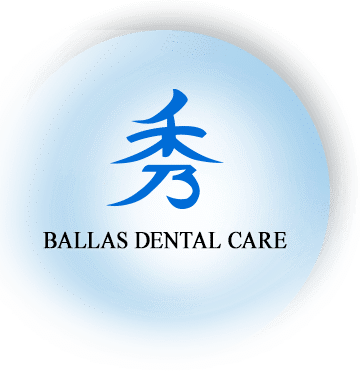Most of the time when we go to the dentist, we are going for a cleaning and a check for cavities. However, sometimes you need a bit more work done. This work generally falls under the heading of “restorative dentistry,” and the vast majority of us have had some of this done.
What is Restorative Dentistry?
Restorative dentistry is any procedure designed to repair or replace teeth in order to restore function. The goal is to improve your oral health and ensure that you maintain and improve your ability to eat, speak, and chew.
Restorative dentistry thus covers everything from a simple filling to dental implants.
Cosmetic Dentistry vs. Restorative Dentistry
Cosmetic dentistry is procedures that are designed to improve the appearance of your smile. For example, using whitening strips to improve the color of your teeth. This has little impact on dental function or eating, but improves appearance and can help with your self esteem.
Restorative dentistry is about your actual health. Some procedures may improve both health and appearance, such as crowns, but the primary goal is to give you back function and also to prevent further damage to your teeth.
Purely cosmetic procedures don’t help your physical health, but they can help your mental health, so they are not necessarily “frivolous.”
Different Types of Restorative Dentistry
There are a variety of types of restorative dentistry. They include the following:
- Crowns. A crown is a cap fitted over a tooth in order to treat a large cavity or stabilize a tooth after a root canal. The tooth is shaved down slightly and the crown permanently fitted over it. Crowns restore your chewing ability and also make your smile look more even.
- Fillings. Pretty much everyone has at least one filling, because humans are so prone to tooth decay. The filling is used to treat smaller cavities. The dentist uses a drill to remove the decayed tooth and then fills the hole with composite material. Older filling materials were clearly visible, but modern composites match the color of your teeth. This reduces the risk of further damage to your tooth by halting decay and reducing the risk of the damaged tooth chipping. It also keeps bacteria out of the hole in the enamel and prevents them from getting into the root.
- Root canals. A root canal is something nobody wants, but it can be the only way to save a cracked tooth or one with a really large cavity that goes into the pulp. This kind of tooth damage can be extremely painful. In root canal therapy, the dentist removes the diseased pulp, cleans the inside surfaces of the tooth, and then fill the canals with gutta percha. The hole is then filled with a cavity. You may also need a crown to provide extra stability and restore function.
- Bridges. Bridges are used to replace a missing tooth or more than one adjacent tooth. The missing tooth is replaced with an artificial tooth, then the teeth on both sides are fitted with crowns that support the artificial tooth or teeth.
- Dental implants. Another alternative for replacing a missing tooth is a dental implant. This consists of a small threaded post with a crown on top, that looks and functions like a natural tooth. This does not require altering your natural teeth. Choosing between a bridge and an implant depends on the condition of your gum, jaw, and natural teeth.
Restorative dentistry thus ranges from a very simple, routine procedure (a filling) to more complicated procedures designed to repair and replace heavily damaged teeth. If you have a damaged tooth, you should contact Ballas Dental to schedule an appointment today.

